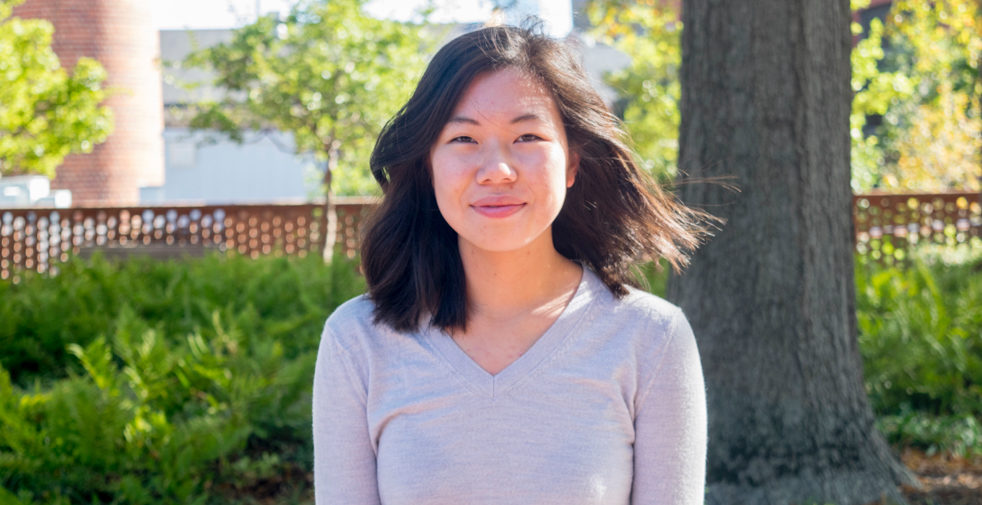Twelve years ago, then-Senator Barack Obama told his supporters after the Iowa caucus that “Hope is not blind optimism. It’s not ignoring the enormity of the task ahead or roadblocks that stand in our path … Hope is that thing inside us that insists that something better awaits us if we have the courage to reach for it.”
I hesitate to write this knowing the extremely difficult position that the institution has been placed in, and the many factors that it is constrained by.
But after receiving the latest Tech Coronavirus Task Force email on Aug. 23, as a student with a voice on campus I felt the need to address some of the concerns I had with this communication, and the message of false optimism that it perpetuates.
Addressed to the Tech community, the correspondence sought to provide an update of new campus measures taken in response to a spike of cases after the first week of classes, as well as emphasize the student code that “explicitly prohibits behavior that endangers any person(s), including self.”
This seems to ring hollow after more than sixty confirmed cases in students have already endangered students.
This is also taken within the context of the decisions of several universities with comparable student populations in the past week to move classes online after a similar spike in their respective communities.
The email also tells us that if the health guidelines are followed, low rates of transmission can be maintained. It is unclear what is classified as ‘low rates of transmission’ that the administration so optimistically suggests we may be able to attain.
On Aug. 17, on the first day of classes, a cardiologist from Brigham and Women’s Hospital noted in the New York Times that “now we know there is barely a part of the body this infection spares.”
Many have noted that several college football players, and nearly 60% of 100 infected individuals (median age 49) in a recent German study have shown evidence of COVID-19-associated myocarditis that proved unrelated to severity of the illness. Have these risks been factored into the goal of “low rates of transmission”?
What was most concerning to me, however, was the statement that “We have seen some of the negative discourse taking place; it is not productive nor will keep our community healthy.”
This is not a sentiment that inspires confidence or signals empathy for students who are navigating a stressful and uncertain environment. Maybe there is validity to such negative discourse.
Maybe it is hard to maintain an upbeat attitude when one knows that the measures being taken, however well-intentioned, are insufficient to meet the moment we currently find ourselves in.
Why were more stringent measures not taken to prevent spread upon returning to campus, Why did we not test all individuals like others have done?
I feel deeply for the students that simply want a sense of normalcy after more than six months of quarantine — I am one of them.
I feel especially for the freshmen that had several major life milestones pass by without formal celebration or recognition, a grief that has been greatly overshadowed by the rising death toll.
I do not wish to jeopardize the experience of other students, even if I had the power to do so.
But what we are doing at Tech is blind optimism, not hope. There does not seem to be preparation for the worst, only wishing for the best.
If there is such preparation, no mass communication has been given to the community at large about contingency plans that would be typical of any other critical emergency.
We also do not seem to be operating within the realm of reality.
Tech football games have been limited to 20% capacity, with “an environment that allows for appropriate social distancing within Bobby Dodd’s seating bowl.”
The draw of a football game is inherently one of social interaction, of standing side by side and cheering loudly. Is Tech really expecting every non-family member to maintain a six-foot radius around them for hours on end?
If there is anything that the first week tells us, it is that simply creating an environment conducive to distancing guidelines is not in itself adequate in ensuring that people adhere to them. I do not consider myself a cynic or catastrophist. But by trade, my three years as a STEM major at Tech have taught me to synthesize the evidence presented in an impartial way.
And the evidence says that this is a virus that should be treated seriously, with equally serious measures in place to enforce behaviors that are not desirable or pleasant in nature. Imploring that everyone be tested weekly is still a suggestion.
Much of my summer was spent helping operate a COVID-19 Testing Helpline based in Atlanta.
I listened to a family of five recount how they had closely followed every public health guideline and self-isolated, but nevertheless watched family members be hospitalized one by one.
I listened to a man barely able to talk above a winded whisper, between bouts of violent coughing, request an appointment for a COVID-19 test. These were all people that limited social interactions and ventures outside of their apartment.
The issue of school reopening is an incredibly complicated one, and administrators and university decision-makers are the ones armed with the evidence and power to make tough calls.
But what I, and I imagine others on campus, would appreciate is perhaps a less callous tone to updates on the novel coronavirus. Instead, they should opt for more transparent communication that helps us prepare for the worst while encouraging us to continue to support and uplift one another. Ultimately, this would give us hope rather than mere optimism.
